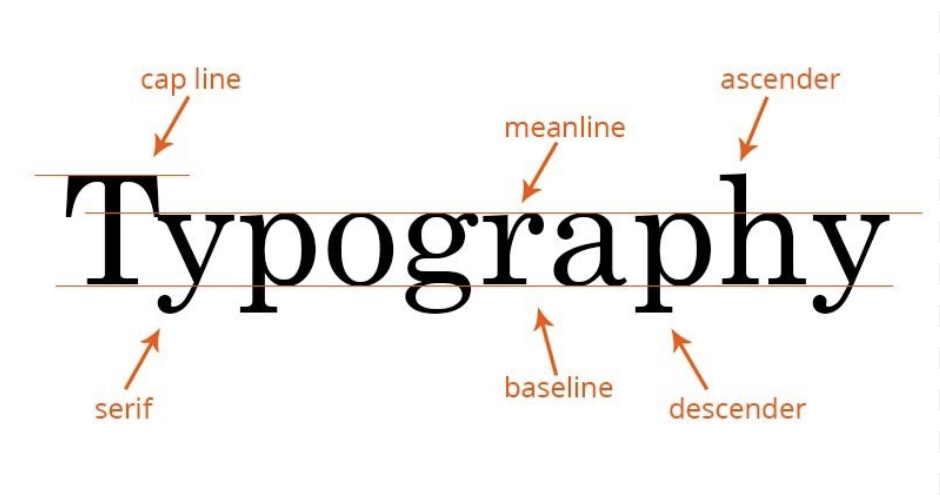Language, the medium through which humans communicate, is a complex and ever-evolving system. One of the fundamental aspects of language is its alphabet, a set of characters that serves as the building blocks of written communication. Alphabet topography refers to the study and exploration of alphabets, their evolution, structures, and cultural significance. In this article, we delve into the intriguing world of alphabet topography, uncovering the hidden landscapes of the written word.
Contents
The Origins of Alphabets
Alphabets have a rich history dating back thousands of years. The earliest known alphabets can be traced to ancient civilizations such as the Sumerians, Egyptians, and Phoenicians. These early alphabets consisted of simple characters, often representing individual sounds or syllables. Over time, they evolved and diversified, giving rise to the more complex alphabets we use today, such as the Latin alphabet used for English and many other languages.
The Structure of Alphabets
Alphabet topography explores the structural elements of different writing systems. Alphabets can be categorized into various types, such as:
- Abjads: These alphabets, like the Arabic script, represent consonants primarily. Vowels are often indicated using diacritics or context.
- Abugidas: In this type of alphabet, each character represents a consonant with an inherent vowel sound. The vowels can be modified using diacritics.
- Syllabaries: These alphabets, such as the Japanese Hiragana and Katakana, represent syllables rather than individual consonants or vowels.
- Logographic scripts: Some writing systems, like Chinese, use characters that represent entire words or concepts.
- Alphasyllabaries: These systems, like Devanagari used for Hindi, represent both consonants and vowels in a single character.
The Evolution of Alphabets
Alphabets are not static; they evolve over time due to cultural, linguistic, and historical influences. Alphabet topography investigates how alphabets change, adapt, and sometimes even become extinct. For instance, the Latin alphabet has undergone significant transformations since its inception, giving rise to various European scripts like Cyrillic, Greek, and Gothic, among others.
The Cultural Significance of Alphabets
Alphabets are not merely tools for communication but also repositories of cultural heritage and identity. They often carry deep symbolism and cultural significance. The Hebrew alphabet, for example, has religious importance in Judaism, while the Sanskrit alphabet holds a special place in Hinduism and Buddhism. The study of alphabet topography helps us appreciate the connections between written language and culture.
Modern Applications of Alphabet Topography
Alphabet topography extends beyond academia and has practical applications in various fields:
- Typography: Understanding the intricacies of different alphabets is crucial in typography and font design, ensuring readability and aesthetics.
- Linguistics: Alphabet topography plays a crucial role in linguistic research, helping scholars understand the phonological and structural aspects of languages.
- Education: Educators use knowledge of alphabet topography to develop effective teaching methods for language learners.
- Technology: In a globalized world, digital platforms and localization efforts rely on alphabet topography to adapt written content for different languages and scripts.
Conclusion
Letterform Design offers us a fascinating glimpse into the diverse world of written languages. It unveils the historical, structural, and cultural aspects of alphabets, showcasing their significance in our lives. As we continue to explore and appreciate the rich tapestry of languages, alphabet topography remains a valuable tool for understanding and preserving the written word in all its beauty and complexity.
